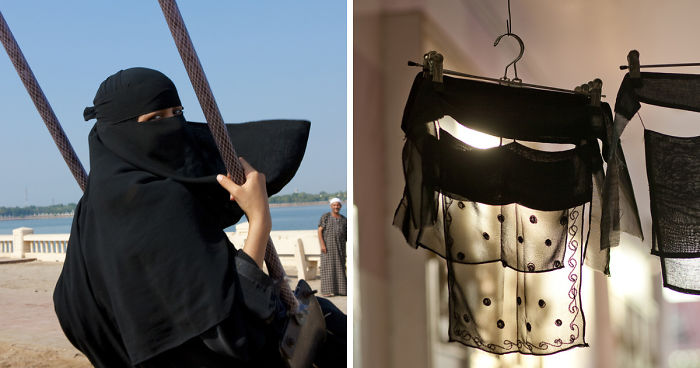
I Visited Saudi Arabia Before They Opened The Country To Tourists, And Here’s What I Saw
Saudi Arabia was the world’s most difficult country to visit for a non-Muslim as it did not issue tourist visas. Only Muslims making the Hajj, the pilgrimage to Mecca, were allowed to enter.
But things may change as Head of the Saudi Commission for Tourism and National Heritage, Prince Sultan bin Salman bin Abdulaziz announced that Saudi Arabia will begin issuing tourist visas in the first quarter of 2018.
A few years ago, the government issued tourist visas for a short time before doing putting an end to it and I was able to obtain one. This rare opportunity to visit a country that regularly makes the headlines allowed me to discover over the course of two weeks a culture preserved in a highly conservative society.
Before setting foot on Saudi territory, one must make sure to leave at home:
– any alcohol (including alcohol filled chocolates);
– non-Muslim religious items;
– pork-based products;
– pornographic books;
– games of chance;
– medicines containing codeine.
More info: ericlafforgue.com
Throughout the stay, a police escort will clear the path for us – officially to make our movements easier
In fact, the Kingdom has been the target of many al-Qaeda attacks against Westerners for years… An additional reason not to open quickly the country to these potential targets.
“Start of the sacred area”
These arches that are highly visible on the roads around Jeddah mark the boundaries of the areas where non-Muslims may travel. Beyond them, the road leads to Mecca. Breaking the law can result in imprisonment or even death penalty.
Saudi people like saying that if you find an open door, you can go in and you will be offered some tea
Most of the time, you will be welcomed by an Indian servant and will never see any woman. This hospitality is a given in small villages, where you will be invited to drink tea and eat dates, the pride of the nation.
No, you are not in a Swiss chalet but in a tent in the Saudi desert
Urban families love to spend a few days in their tent, usually over the weekend. A modern version of the Bedouin life of their ancestors, but with satellite TV, air conditioning, and a fridge.
Falcon hunting in the Al Jouf desert
A pigeon is released into the air before a falcon chases it down. The owner jumps into his four-wheel drive to try and follow his bird of prey. But the hunt is short-lived – in less than a minute, the falcon has killed the pigeon. It receives its head and heart as a reward. The owner never leaves his pet out of his sight, and for good reason: the falcon cost him 20,000 dollars.
The Saudis worship camels
Many own farms in the desert where these animals are raised by Sudanese Rashaida. The most beautiful camels also generate substantial income thanks to the breeding services of the reproductive males.
This is an ancestral passion that can also be found on the rocks of Abar Hima, a site on the ancient incense road…
A hunter chasing a camel with a spear. Saudi Arabia is full of prehistoric petroglyphs on sites that are unprotected and accessible freely.
Each encounter with a Bedouin is an opportunity to taste some foamy camel milk
It is a protein-rich milk sold in supermarkets and it is reputed to have medicinal properties in the prevention of some forms of cancer.
Saudi Arabia is the world’s third largest producer of dates – they are all over the markets
The palm tree is one of the main symbols of the country. The stalls were deserted at the time of one of the five daily prayers because, a few minutes before, the muttawa, the religious police, came to remind the vendors of their duties and punish the ones who cheat.
The only women you will be able to talk to in the street: emigrants, who are all Muslim
Pictured here a Somali girl in the streets of old Jeddah.
Under the weight of ancestral traditions, women are deprived of many rights in Saudi Arabia
To go out, they must wear an abaya, like this young girl.
Without the permission of their male legal guardian, whether it be their husband, father or brother, women are denied freedom to do things
Some of them are as ordinary as enjoying a coffee in a patio, swimming at the pool, enrolling at the university, going to a restaurant with a man who is not a relative, traveling, or even riding a bicycle.
Revolver cases for men on the Najran market
In the south of the country, it is not unusual to see very young drivers
Meanwhile, Saudi Arabia is the only country in the world where women did not have the right to drive until late 2017. This was not stated in any law, but defying the ban put women – and their guardian – at risk of serious fines.
Saudi society has many rules on people’s social status
Families have a right to special treatment – they board planes first or enjoy reserved secluded space in restaurants. Single people also have special status and will, for instance, be grouped together to take a cable car. As a tourist, I enjoyed VIP family treatment.
Saudi men rub their noses together to say hello, like Eskimos!
They may also walk while holding hands in friendship. Do not mistake it for a sign of homosexuality, which is severely punished in Saudi Arabia though less so than extramarital affairs.
Many imagine the Kingdom to abound with luxury buildings and signs of wealth
But outside of the cities, the country remains rural and in some places, you can see scenes that are reminiscent of « biblical » times, like here with a camel turning the mill for the pressing of sesame oil.
A Somali girl begging in the streets of Jeddah
Since 2013, the authorities have carried out a campaign to send back hundreds of thousands of illegal migrant workers, resulting in abuses against many of them and their forced return in a country at war.
A flea market in Najran
Many places are more reminiscent of the Gaza strip than an oil state. Seeing my astonishment, the man explained that despite State assistance and the existence of many free services, the cost of living has forced him to sell these items. Saudi Arabia is home to many poor people and the government has launched plans to put an end to poverty.
Until recently, these towers were used as granaries
Some villages are surrounded by an outer defense wall and foreigners – including Saudis from other regions – are not welcome as the local tribes have famously kept their traditional way of life and reject the central authority.
The flower men live in Yemen and Saudi Arabia
They wear crowns made of flowers and herbs and live in the hills. Meeting them at the souk of Al Farsha was really special. Hospitality is a concept that is foreign to flower men. Some of them seem to have stepped out of ancient frescos. Our mandatory police escort couldn’t wait to leave.
The Bin Hamsan house in Khamis Mushayt, in the region of Aseer
Many of the modern houses remain brightly painted inside and outside. This art has become classified by UNESCO. Women were responsible for it.
The Sarat Habidah houses are made of adobe
To protect them from the rain, tile-shaped stones are placed all around them at regular intervals in order to ensure proper water drainage. The thick walls help keep temperatures cool in the scorching summer. At the top, there is a terrace to get fresh air.
Heritage conservation is a priority of the Saudi government. The forts were all renovated to perfection
The architecture of old Jeddah typically puts one in mind of the Tales of 1,001 Nights
Tall buildings covered with mashrabiya, wooden balconies that allowed women to see without being seen. Saudis have fled the old city, which has never been restored despite its classification by UNESCO. Only Somali, Pakistani and Yemeni refugees live there in precarious conditions.
Saudi Arabia also has mountains on its territory, like the one acting as a border with Yemen in the south
The Al Faifa mountain peaks at over 2,000 meters and is highly sought after by Saudis having to deal with the searing heat in the plains. Houses have proliferated on the slopes, each new one seeking to tower over the others.
No, this father is not in the desert
His house is at the top of Al Fifa mountain, with the best view in Saudi Arabia. But the real fun for him is to be in a room where he has set up… a Bedouin tent.
These traditional adobe and brick houses in Najran are called midmakh and are typical of the south
They reflect Yemen’s cultural influence in the area. They may have up to seven floors. The ground level is for the livestock. The next level is for human accommodation, complete with small windows to keep out the heat as well as intruders. As you climb up the building, the windows become larger to let in more light as well as cooler air.
Some of these residences were built centuries ago
Now, many Saudi families have kept their old houses for holidays or weekends. Fortunately, some Najran residents seem to be really keen to preserve their traditional homes, often modernizing them with metal roofs and air conditioning.
Madain Saleh is a sister city to Petra, Jordan
It is a UNESCO World Heritage site that is home to 111 perfectly preserved Nabatean tombs. The magic of the site also lies in the total absence of tourists, Coca-Cola sellers or souvenirs shops.
The Hijaz Railway was designed by the Ottoman empire to transport pilgrims to the holy cities of Medina and Mecca in the early 20th century
The railway was built in May 1900 and connected Damascus to Medina. The railway was sabotaged by Lawrence of Arabia during World War I. It stopped running in 1918. Some cars can still be spotted in the desert.
The Omar Ibn al-Khattab mosque
It was built with stones in 633 and is located in the town of Dawmat al-Jandal, an important crossroads of ancient trade routes connecting Mesopotamia with the Arabian Peninsula.
The Al Hamra Open Air Museum in Jeddah is the largest open air museum in the world
It was built during the oil boom in the late 1970s. As a result, Jeddah is home to works by Arp, Cesar, Calder, Henry Moore, Joan Miró and Victor Vasarely. They are placed along the cliff, with no protection. Subject matter is often elements of the traditional Saudi culture. Everything is abstract as Islamic tradition prohibits the depiction of living creatures, including humans.
The only way to reach the Farasan Islands in the Red Sea is to rent a boat for a two-hour ride
The islands are famous for their Ottoman architectural treasures and white sandy beaches where nobody swims. Locals just walk around. To be allowed to go to the islands, one has to go through a very strict security check – forms must be filled, passports shown, bags checked, body searched… both on the way to the islands and on the way back. One cannot help but wonder what secret is hidden in those nearly deserted coral islands.
The relics on the Farasan Islands date back to the first century BC at the earliest and the Ottoman invasion at the latest
Stucco work was very important and everyone adapted their decoration to their taste.
Extravagance is one of the characteristics of urban design in Saudi Arabia
Here, a train coming out of a store in Jeddah, in the main shopping street.
Roundabouts are each more extravagant than the next, like this one representing a coffee pot almost 20- meter high
The government is urging Saudi people to visit their own country instead of going abroad as soon as the heat becomes unbearable
Malaysia, Lebanon, Marbella are popular destinations for Saudi families, while single people prefer Thailand or Morocco. It’s the chance for all to escape the shackles of the strict domestic rules.
869Kviews
Share on FacebookScrew political correctness. The way they treat their women disgusts me. I have no respect for that "culture". Yeah, photos and buildings are interesting, but I am not able to see the beauty in them when there is such backwardness and injustice.
Was at first taken in by how beautiful the pics are, but yes, after reading ur post I also realized the only female face we get to see is that of a tiny girl begging on the streets.
Load More Replies...just fyi the veils that the women are wearing are not the abaya. That's the niqab. An abaya is simply a loose-fitting robe worn with a headscarf that does not cover the face.
Thanks for sharing this, very informative! Although it saddens me to see how the women are treated, I enjoyed the pictures of this country I know very little about, good and bad.
well dear ask me anything, because this article is total bull, I am Saudi women,
Load More Replies...Screw political correctness. The way they treat their women disgusts me. I have no respect for that "culture". Yeah, photos and buildings are interesting, but I am not able to see the beauty in them when there is such backwardness and injustice.
Was at first taken in by how beautiful the pics are, but yes, after reading ur post I also realized the only female face we get to see is that of a tiny girl begging on the streets.
Load More Replies...just fyi the veils that the women are wearing are not the abaya. That's the niqab. An abaya is simply a loose-fitting robe worn with a headscarf that does not cover the face.
Thanks for sharing this, very informative! Although it saddens me to see how the women are treated, I enjoyed the pictures of this country I know very little about, good and bad.
well dear ask me anything, because this article is total bull, I am Saudi women,
Load More Replies...
 Dark Mode
Dark Mode 

 No fees, cancel anytime
No fees, cancel anytime 






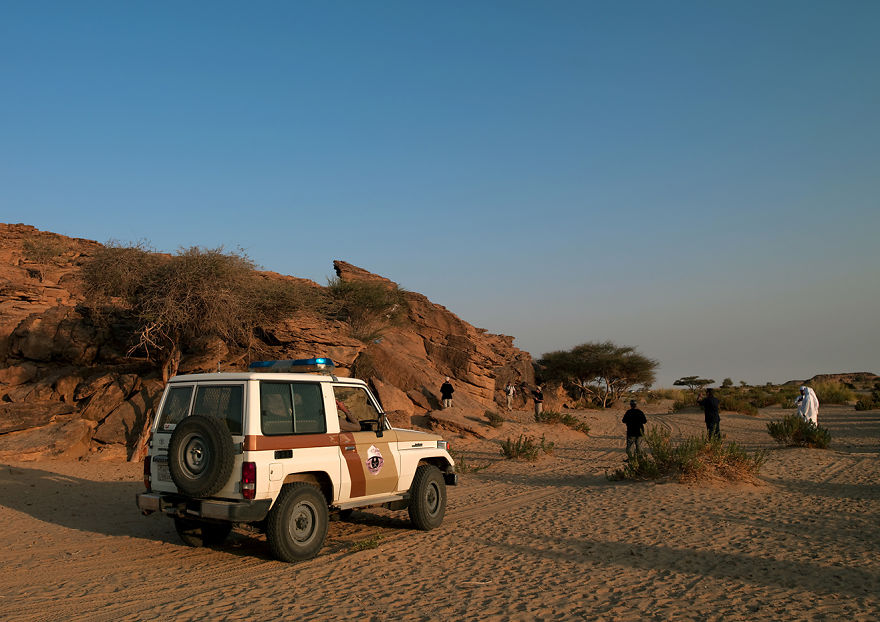
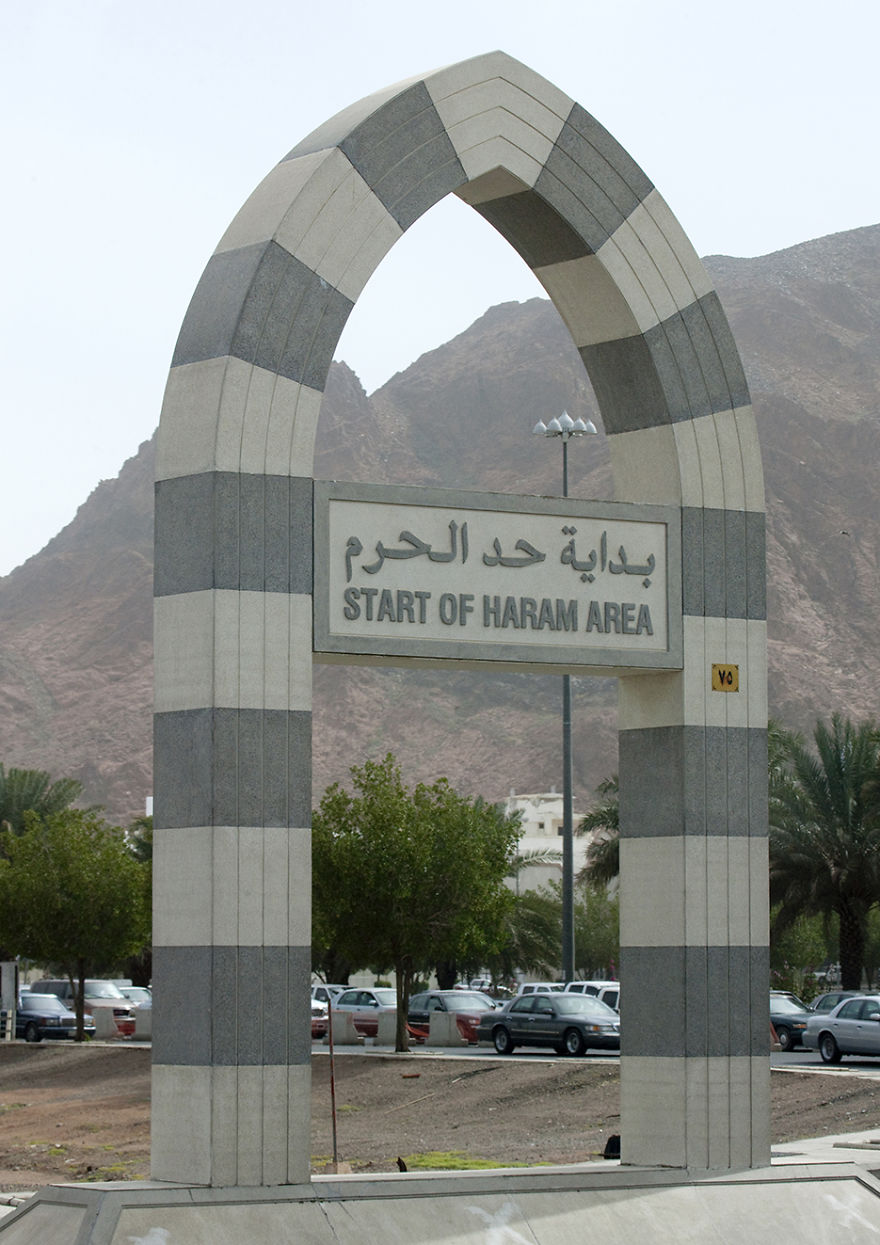
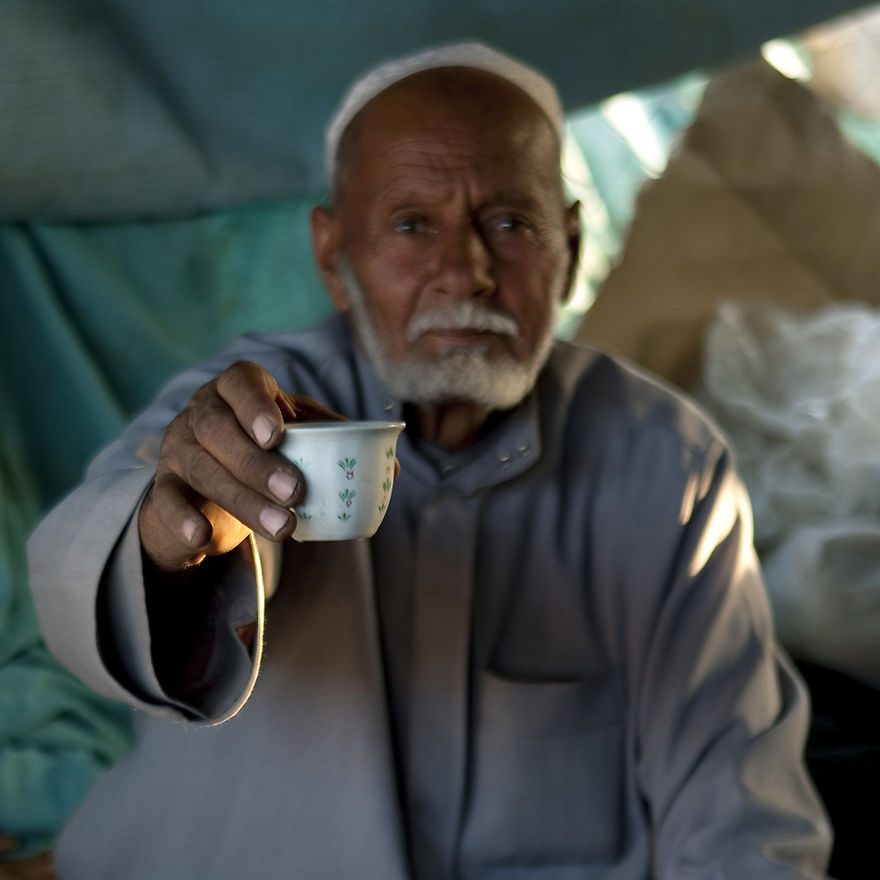
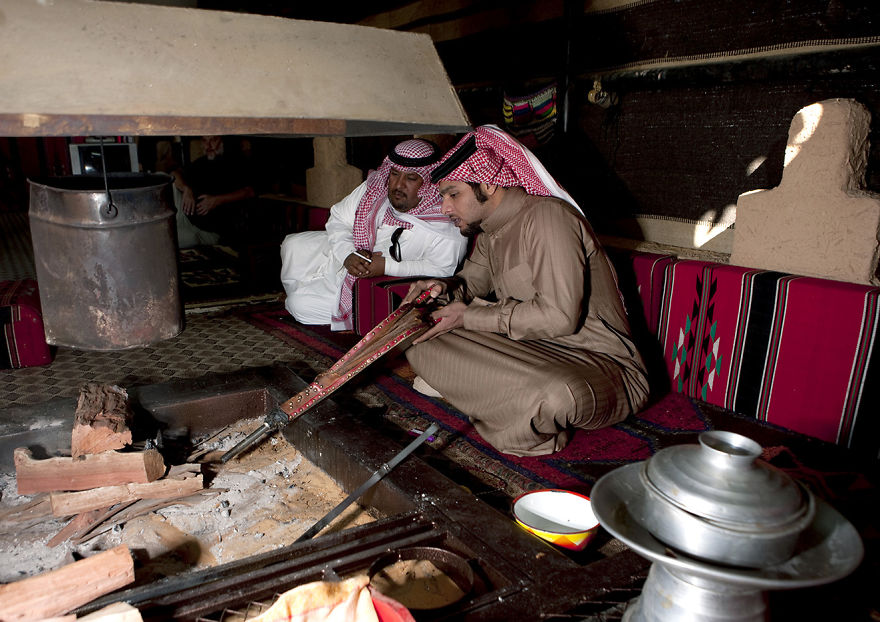
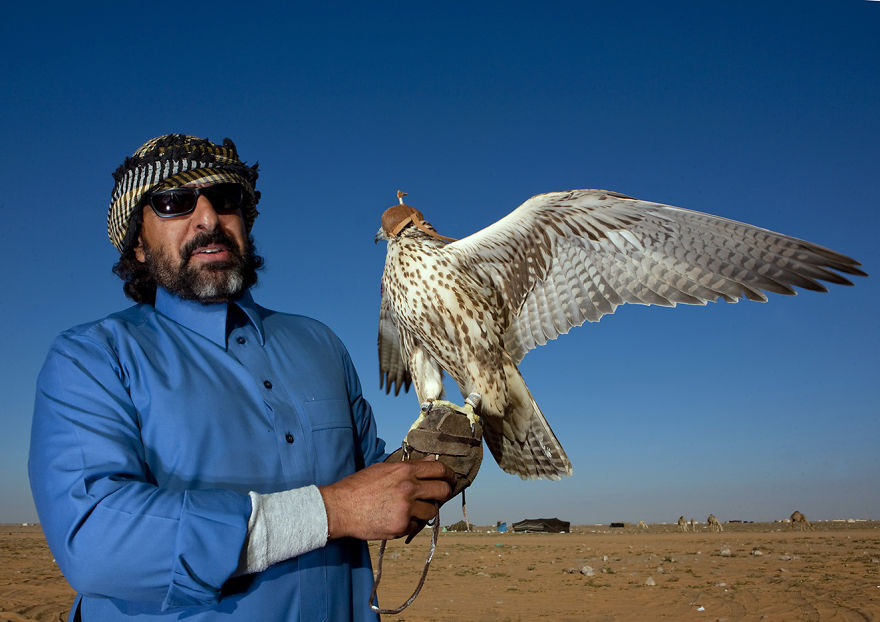
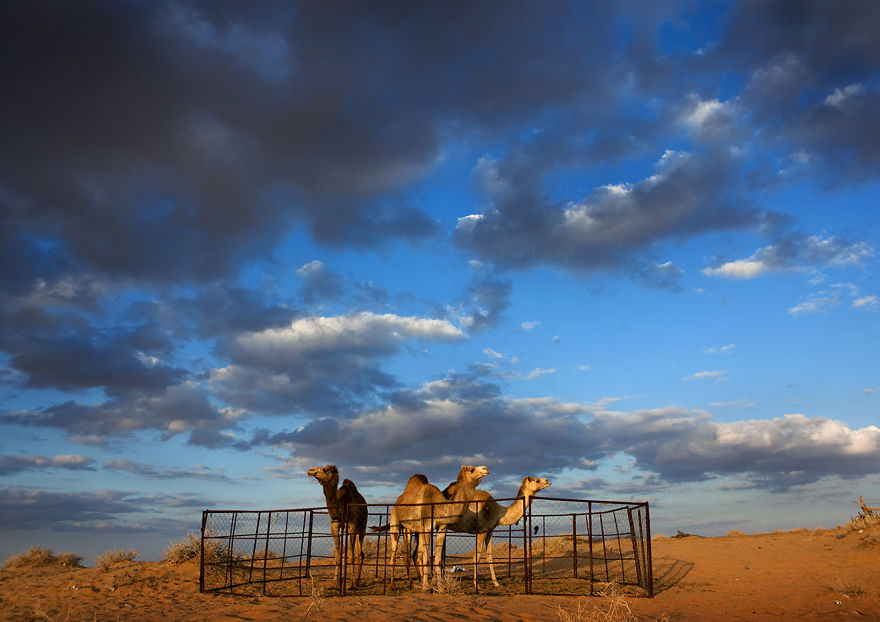
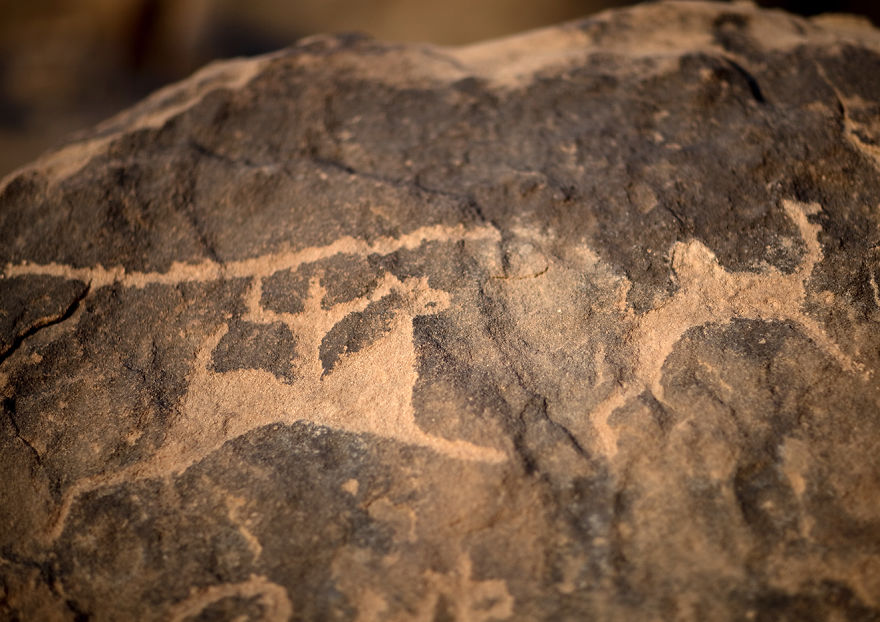
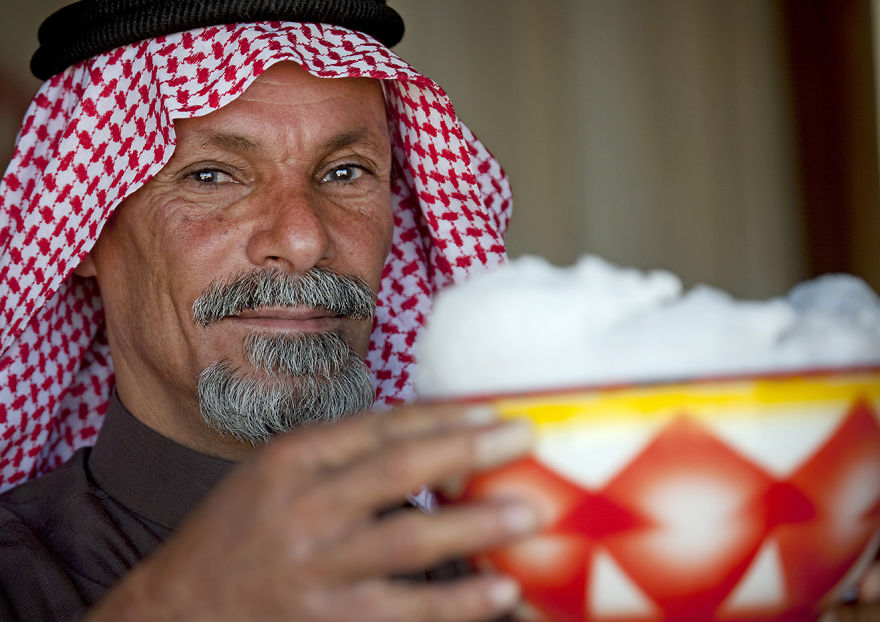
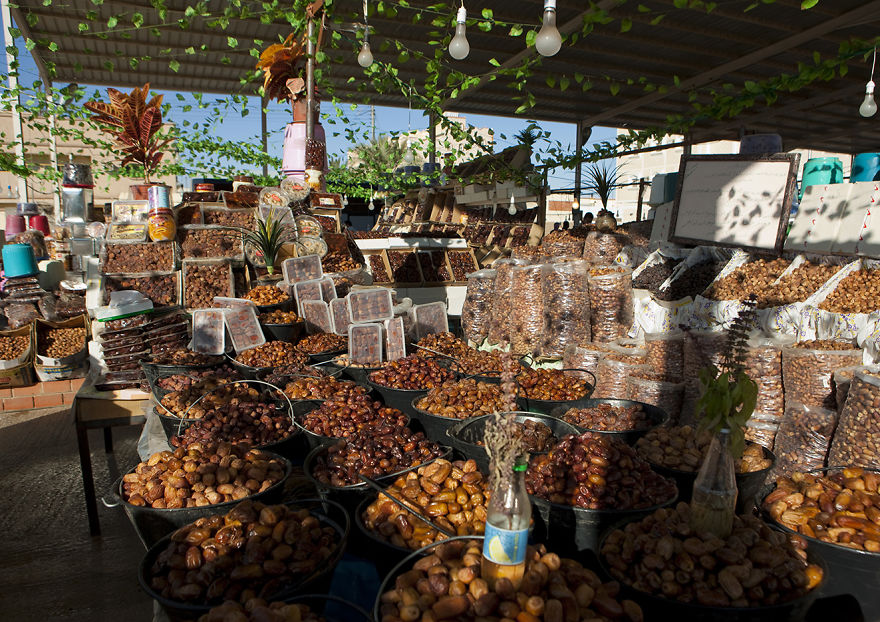
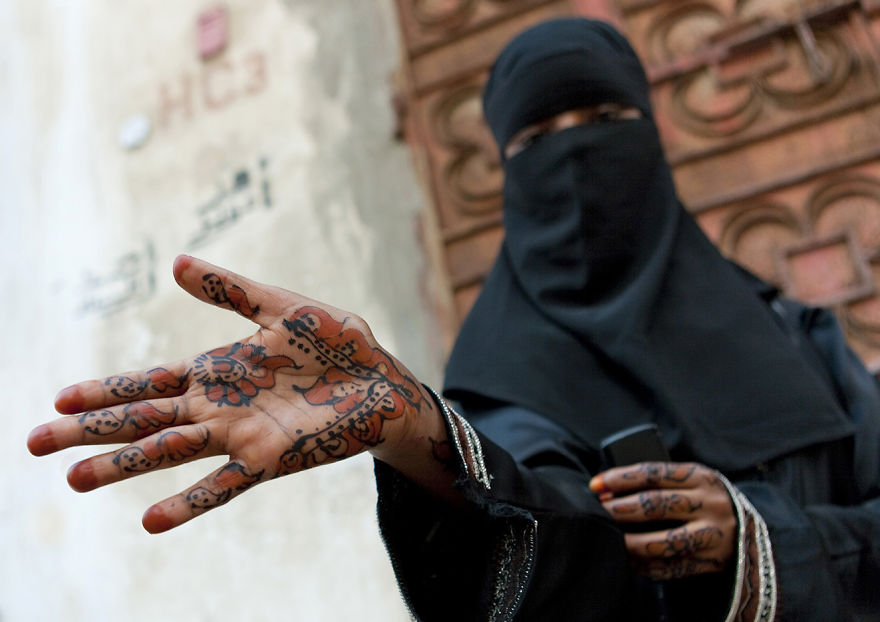
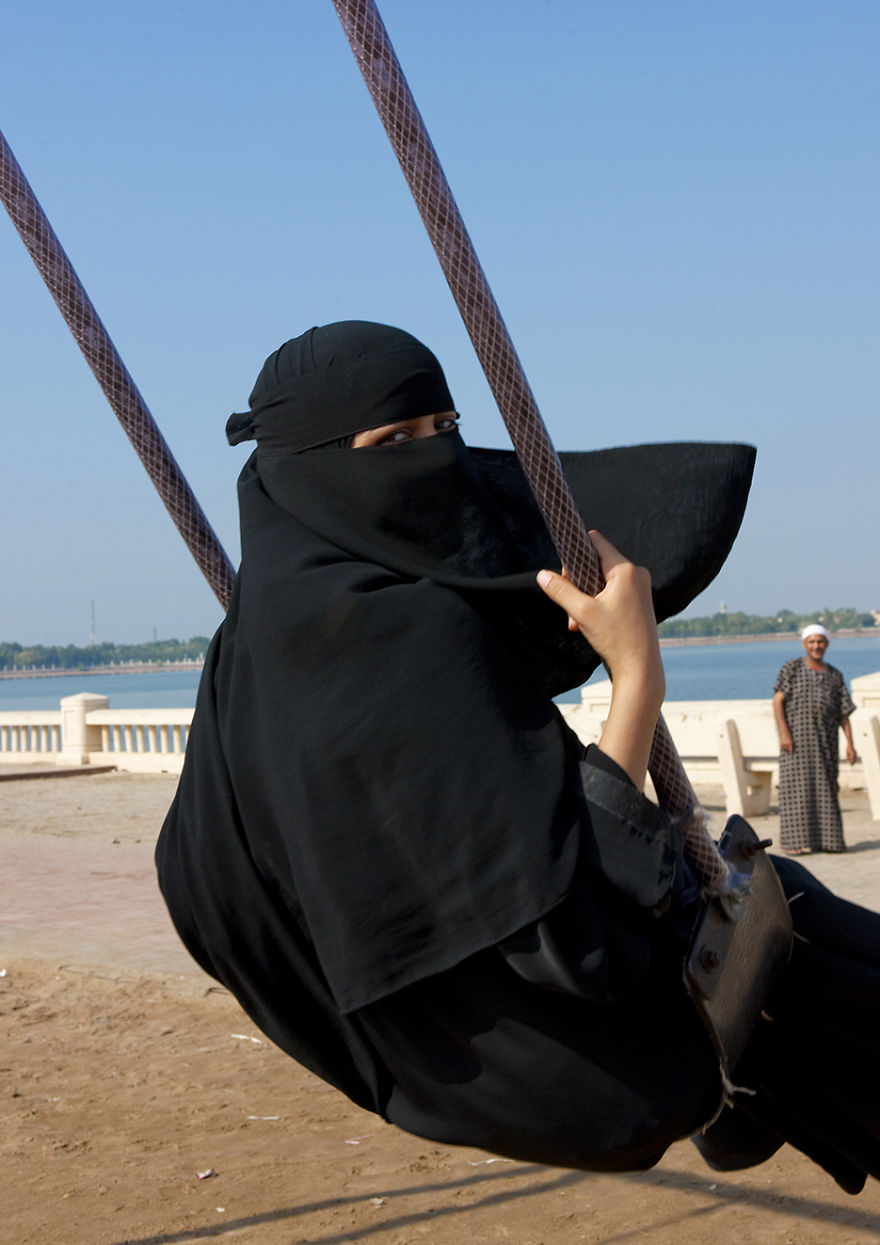
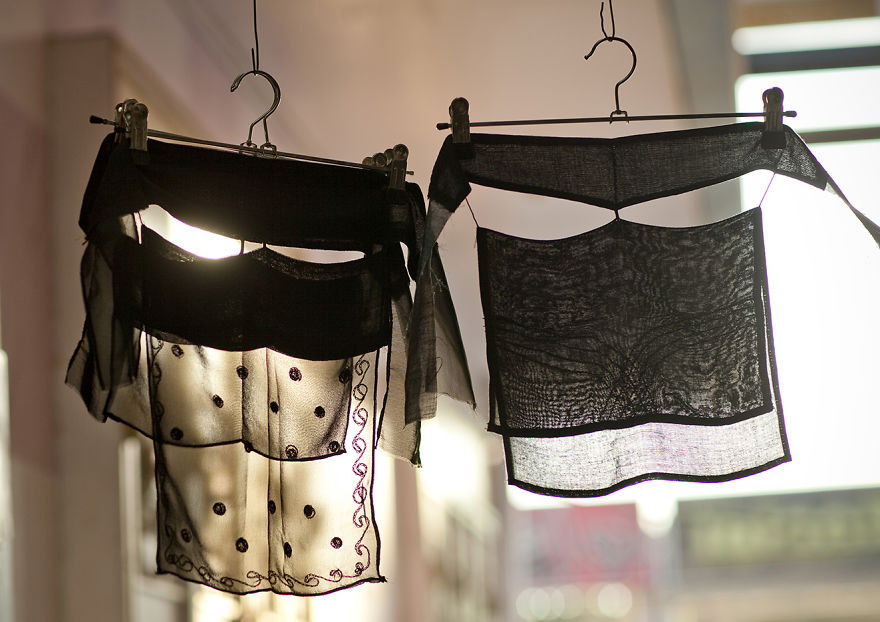
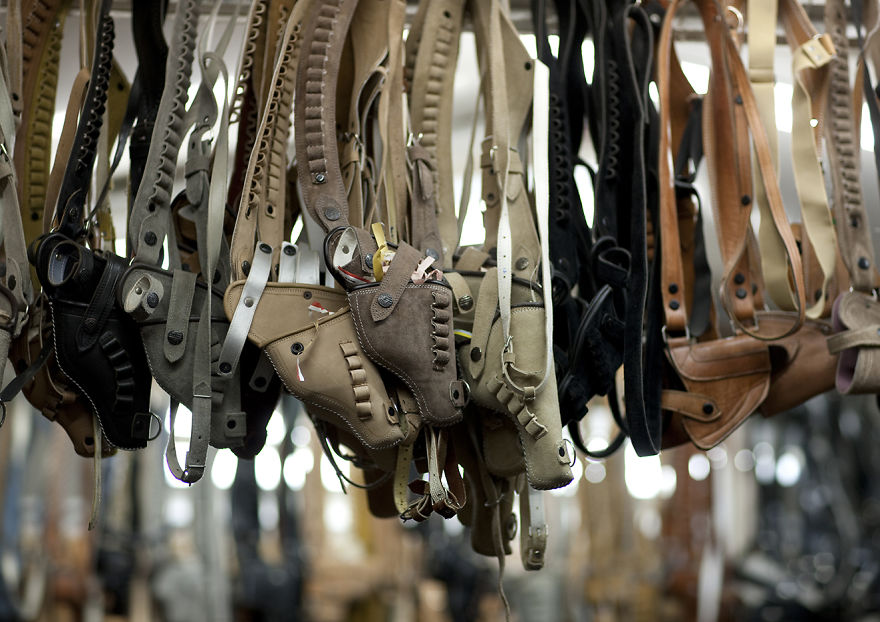
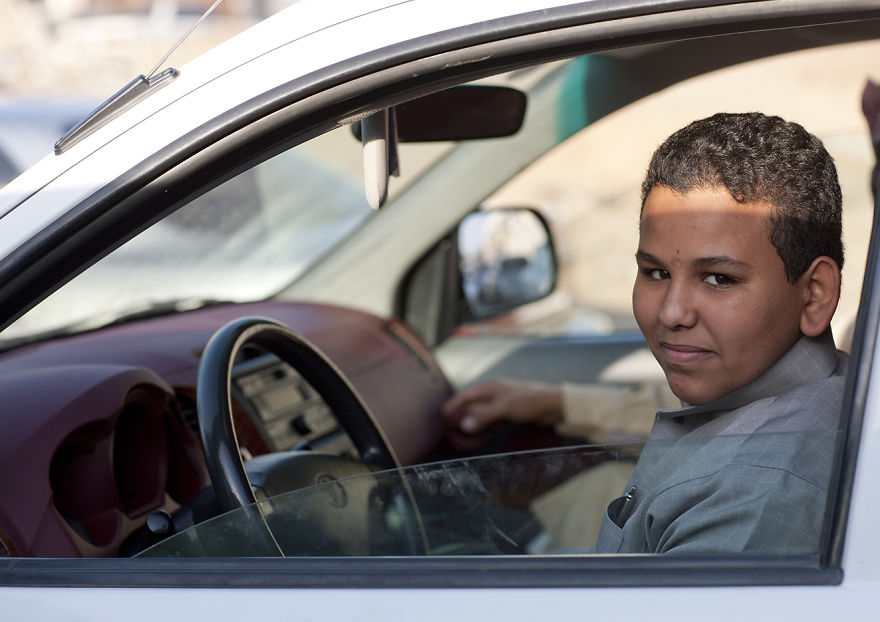
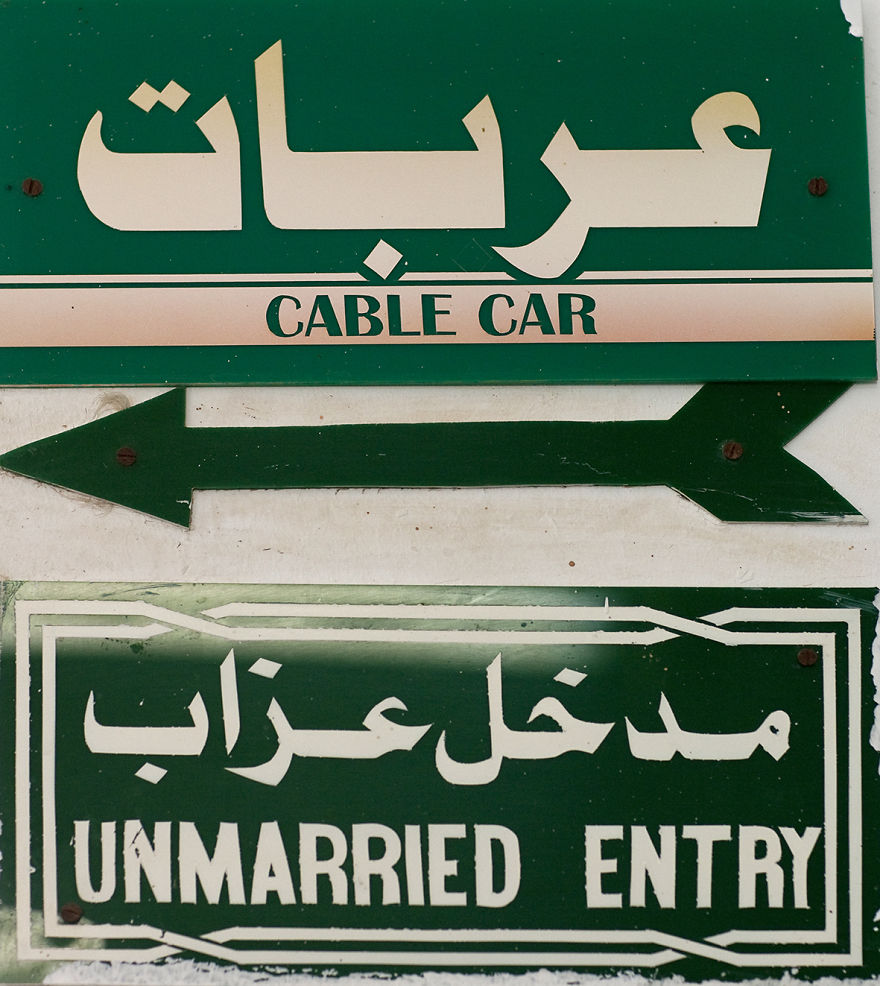
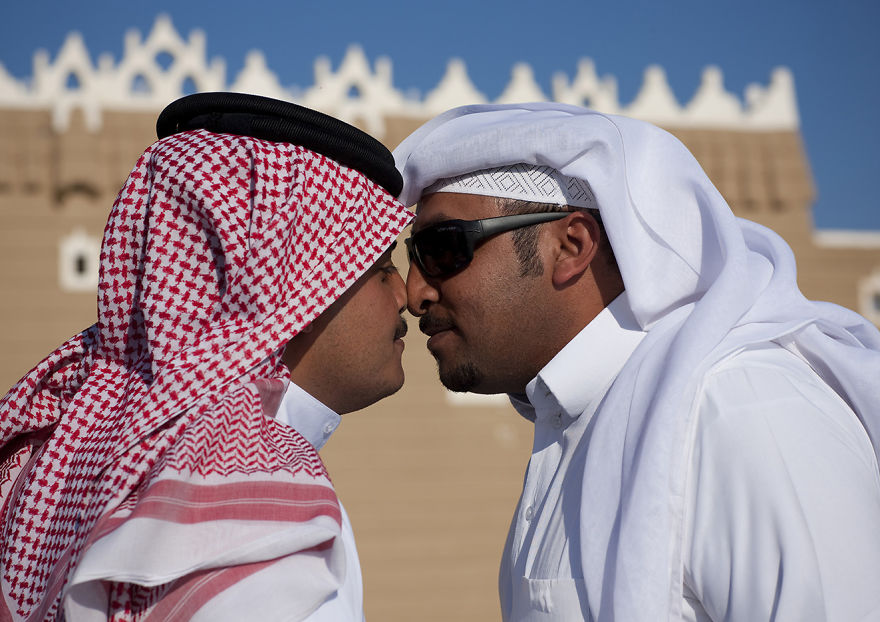
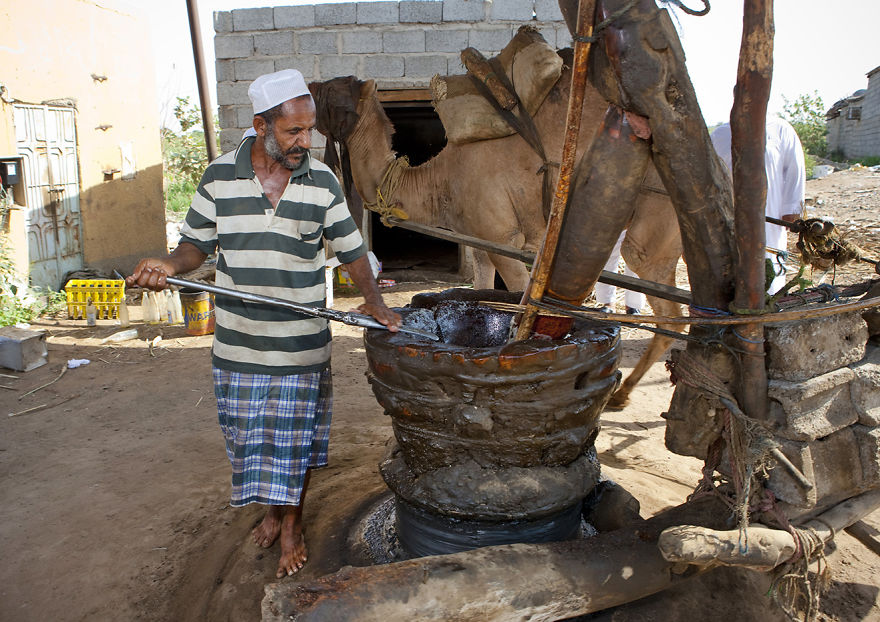
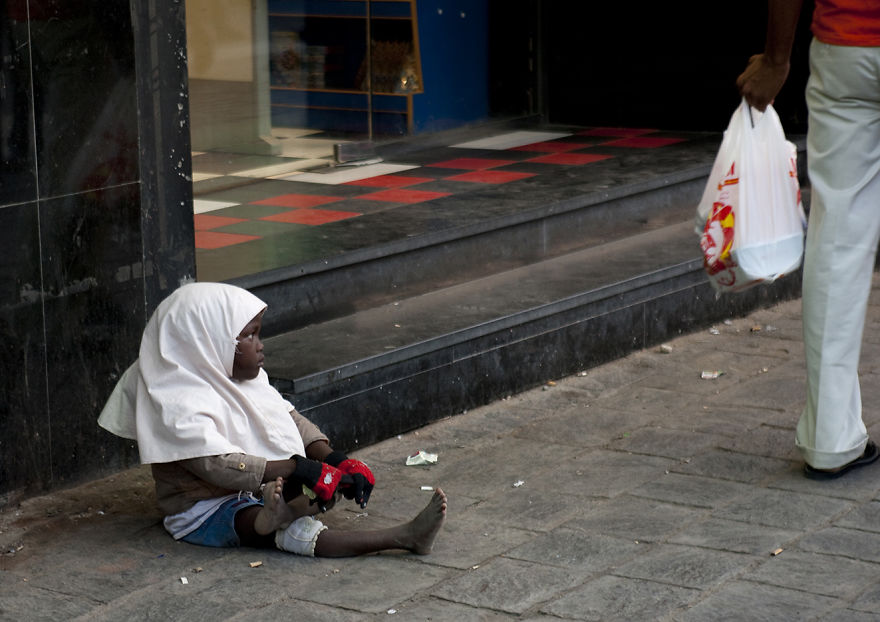
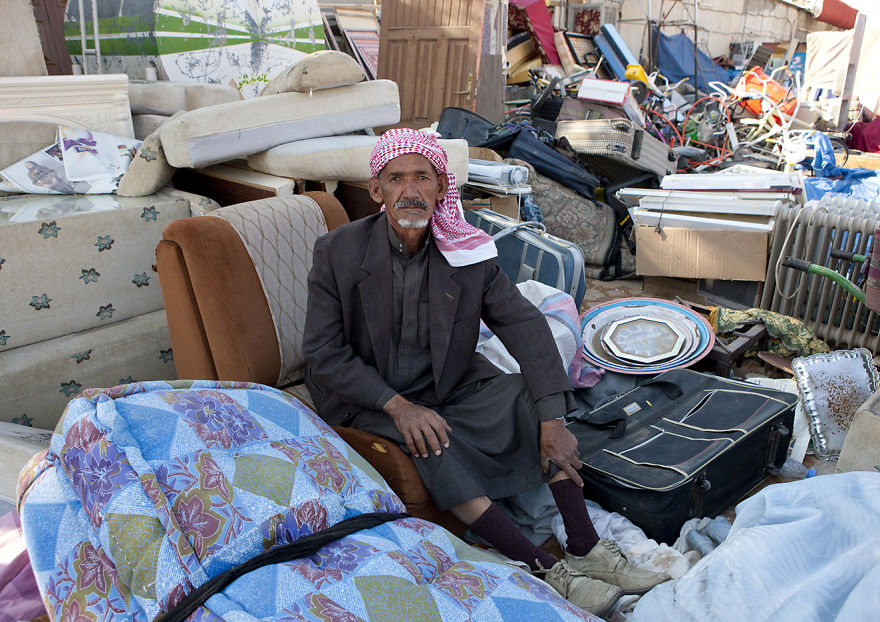
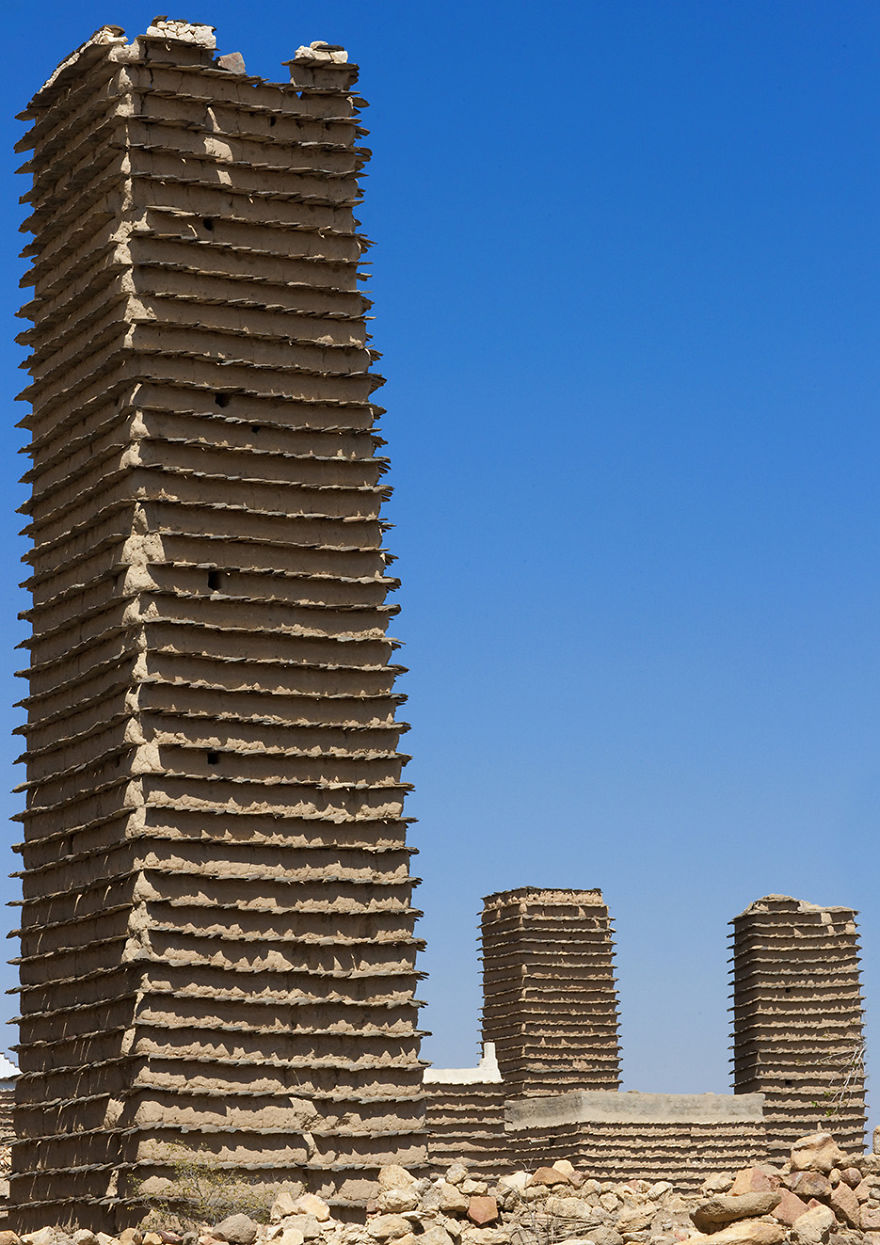
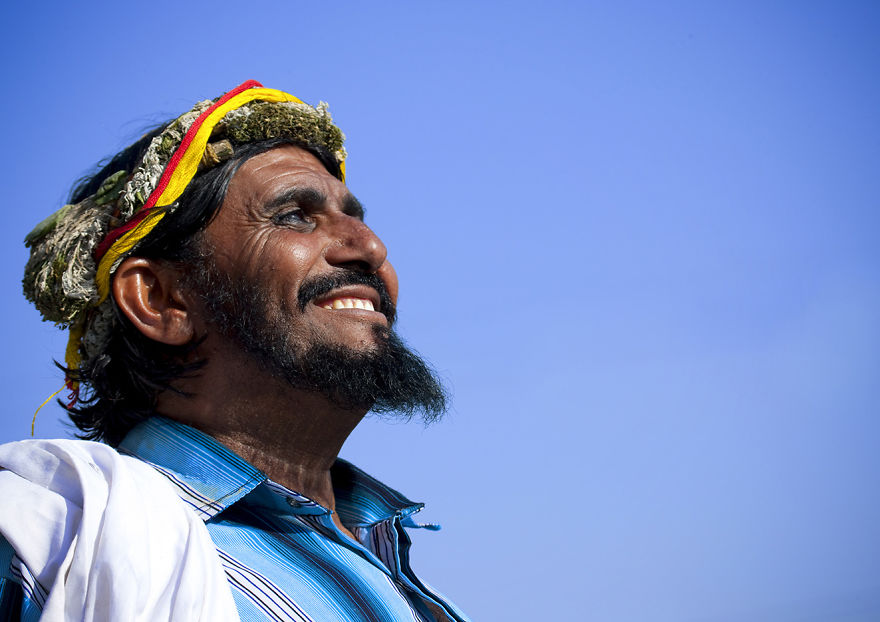
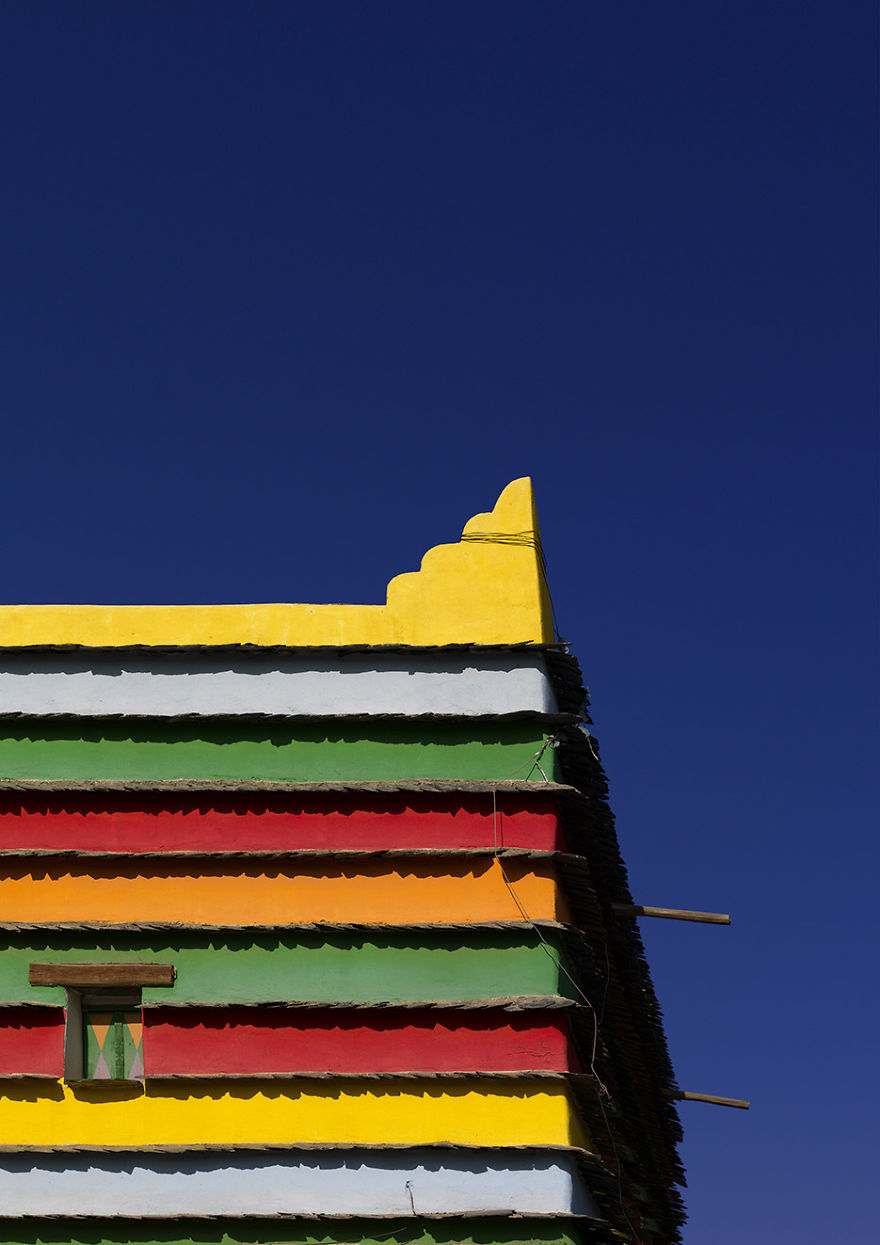
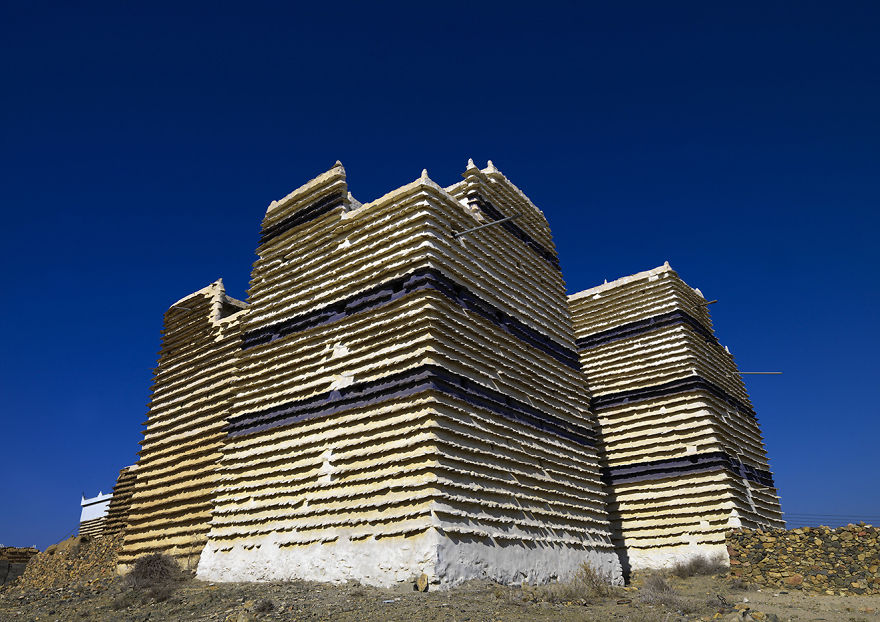
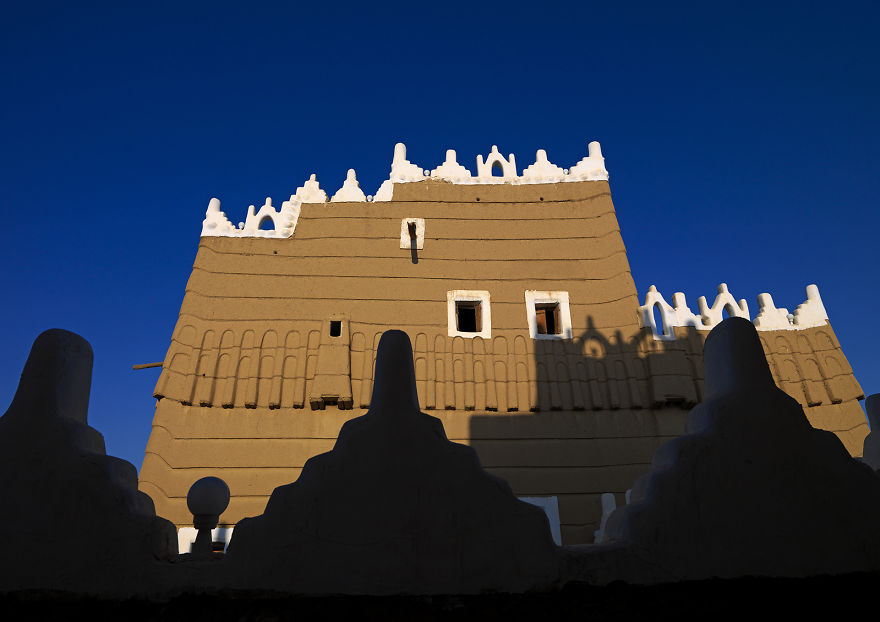
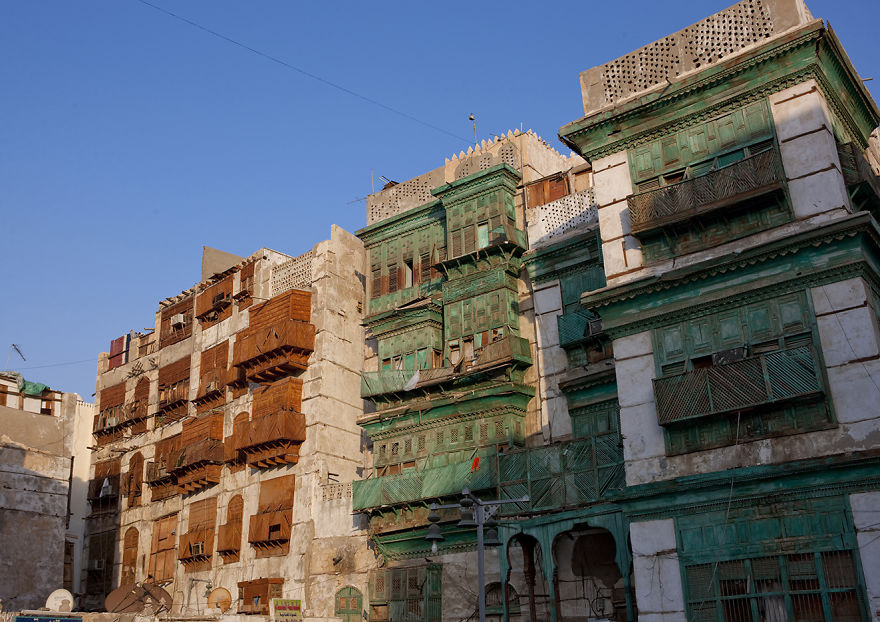
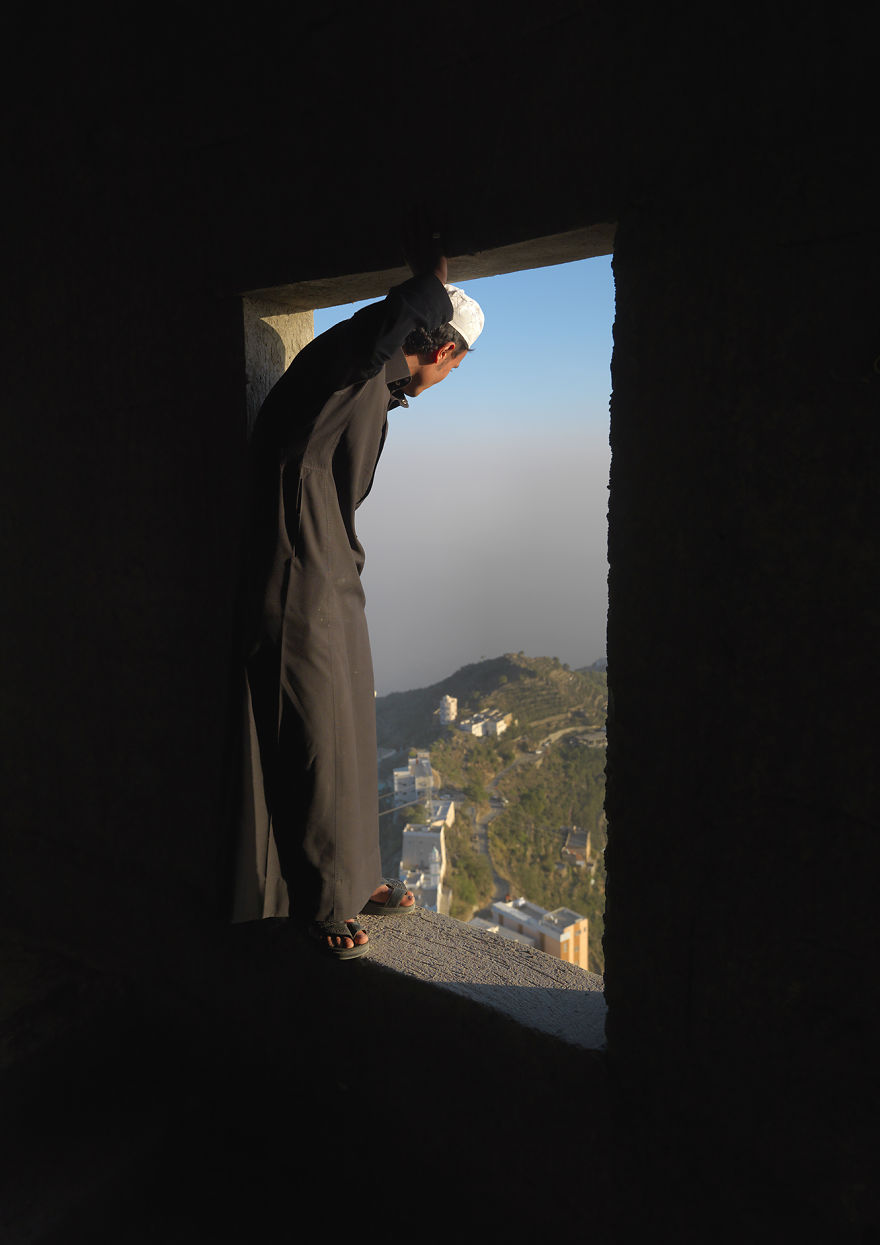
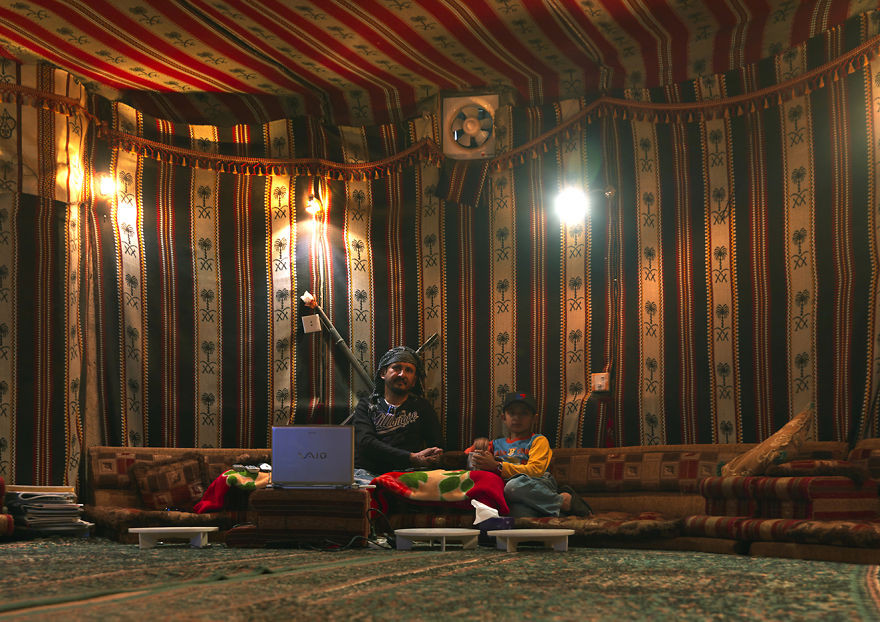
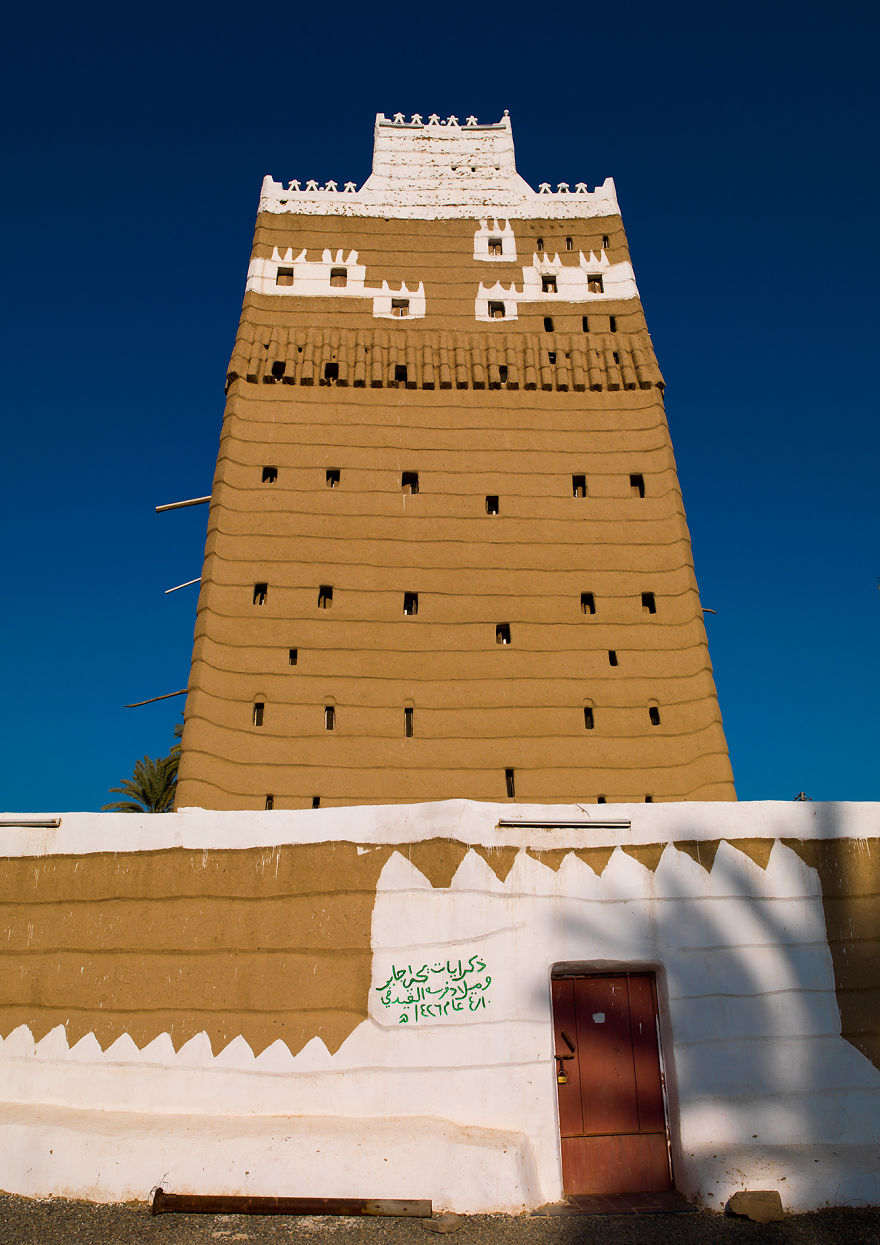
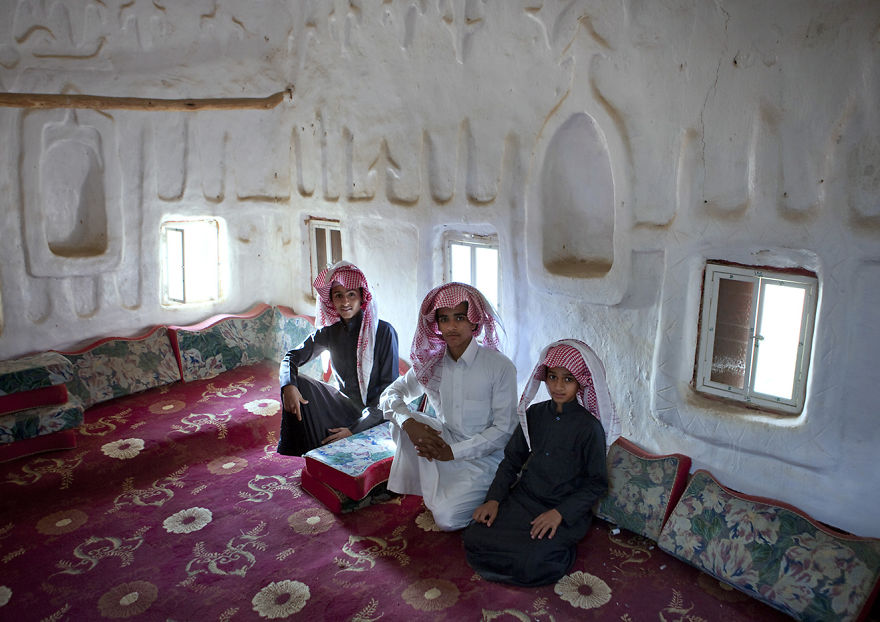
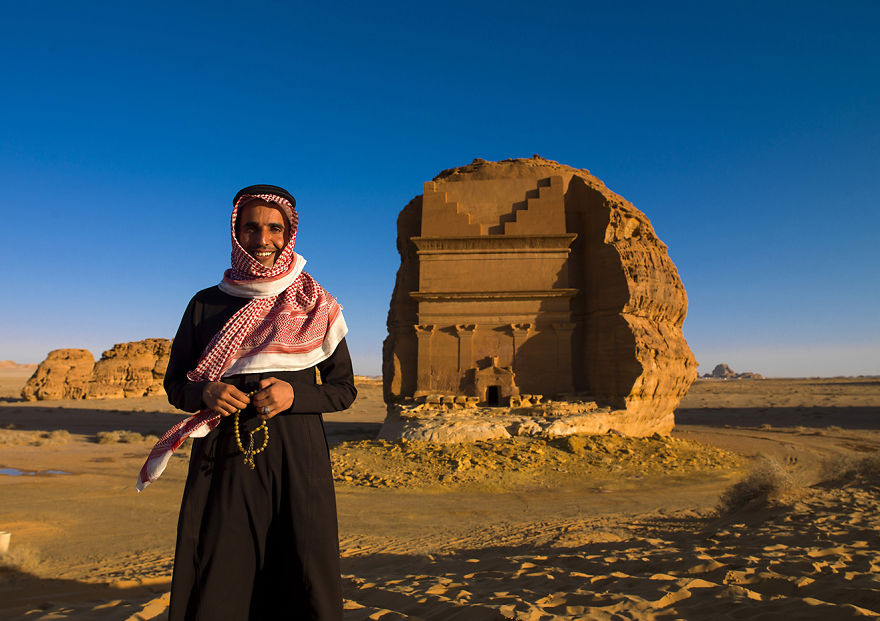
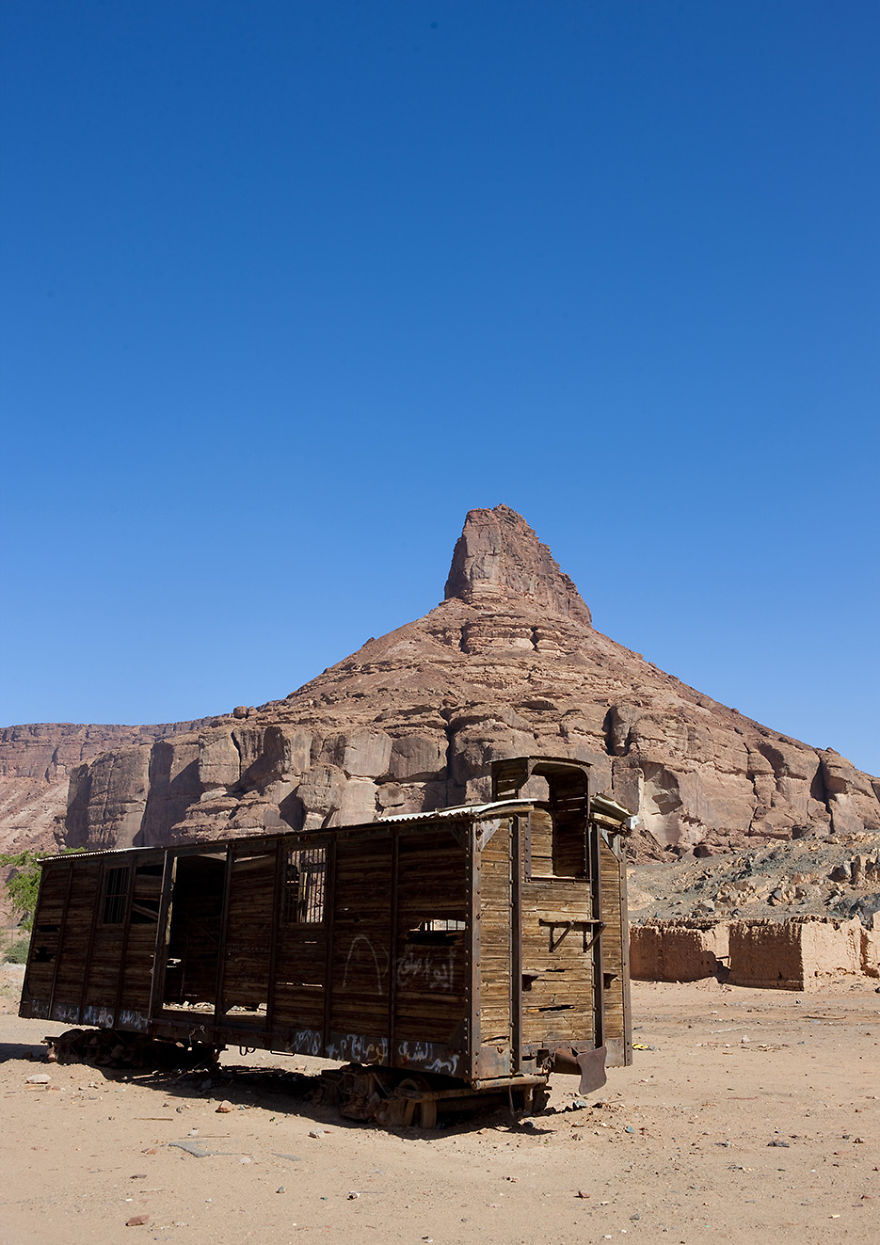
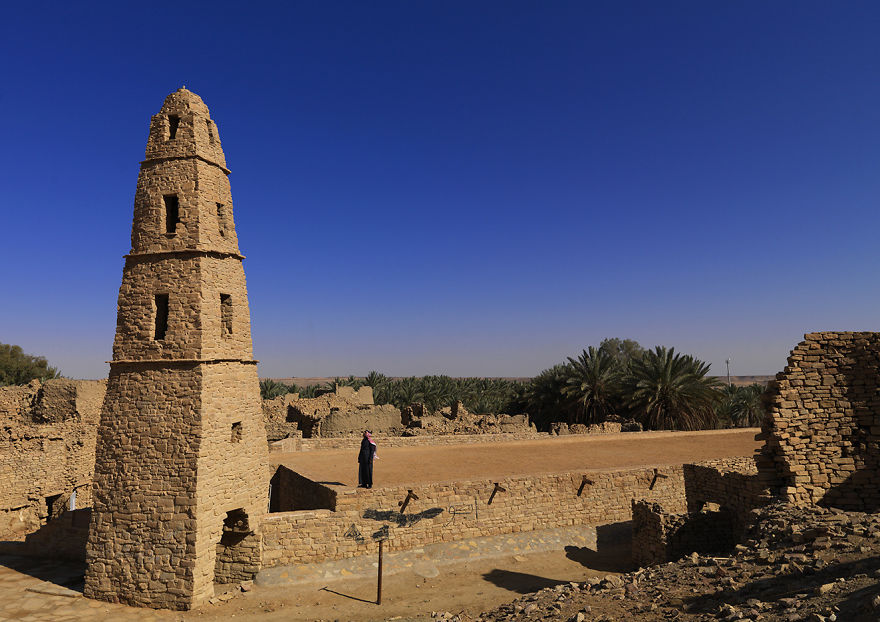
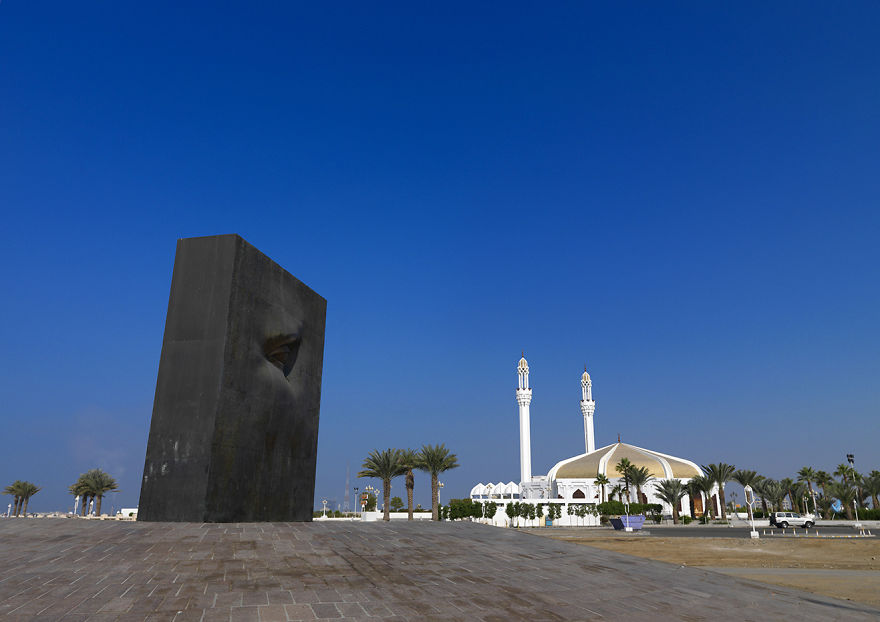
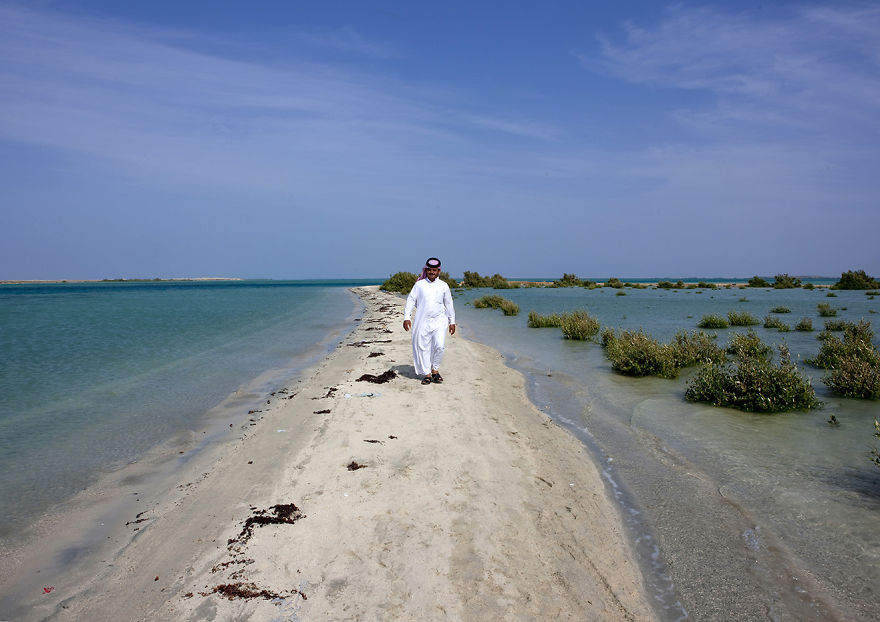
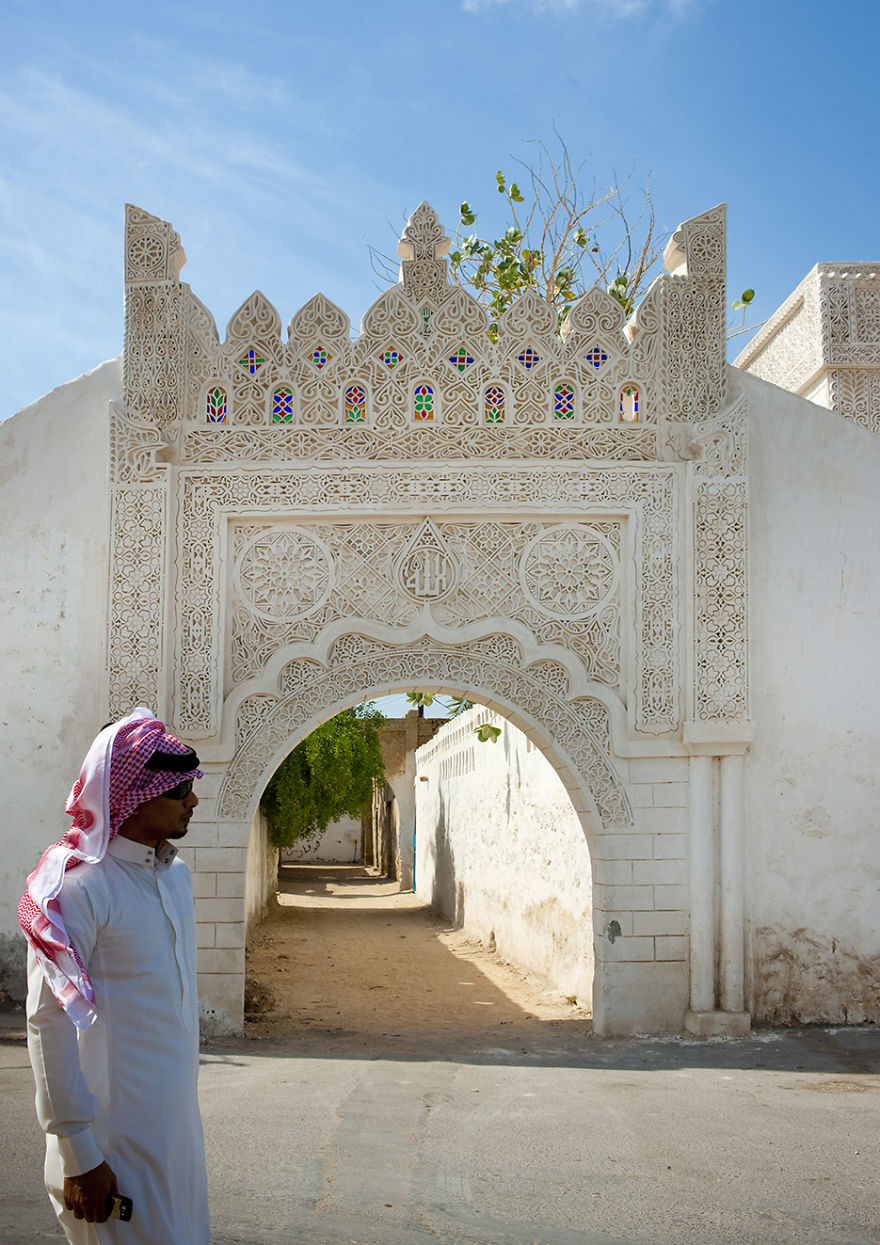
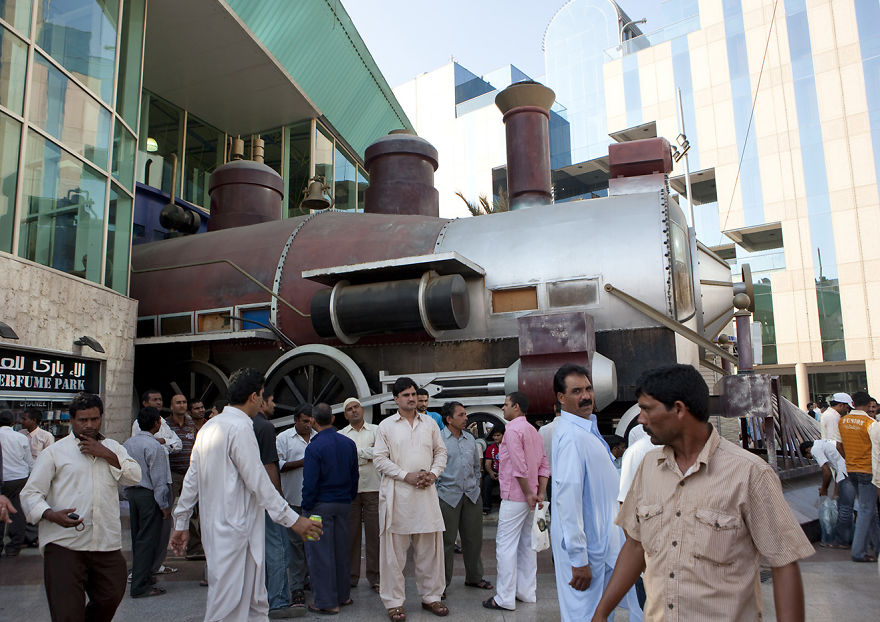
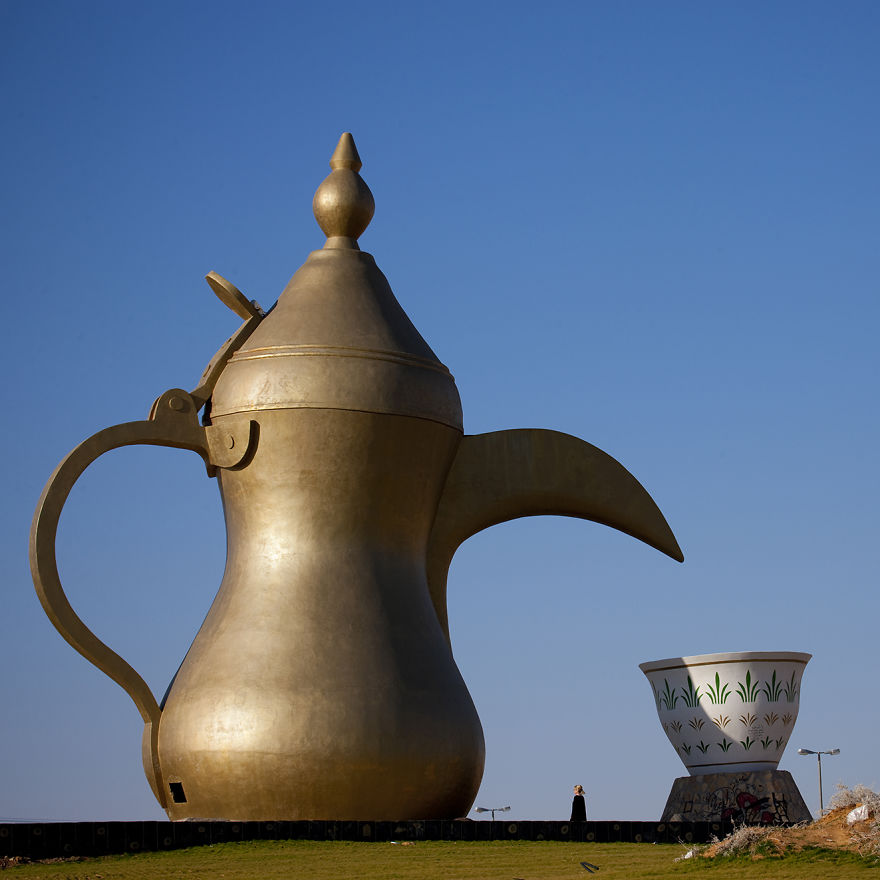
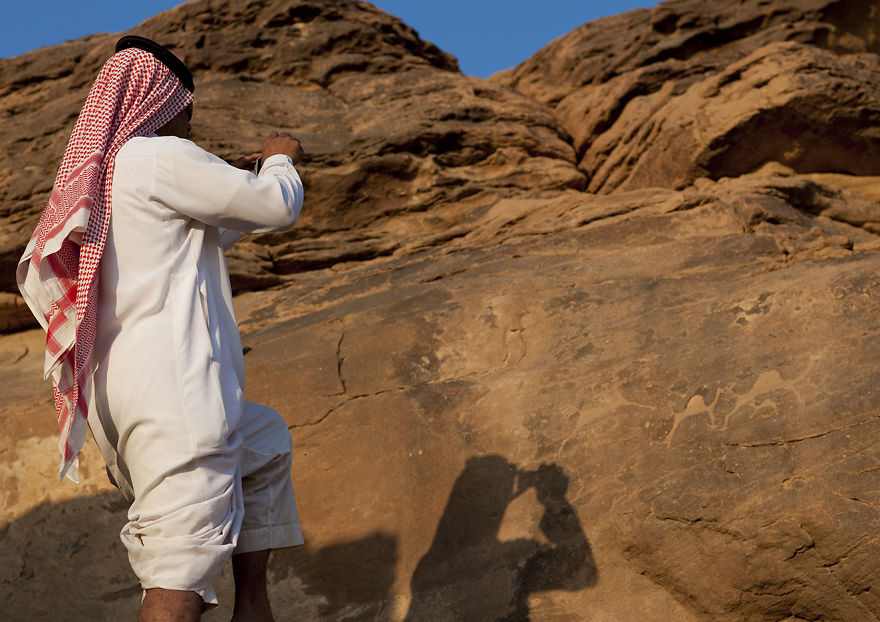












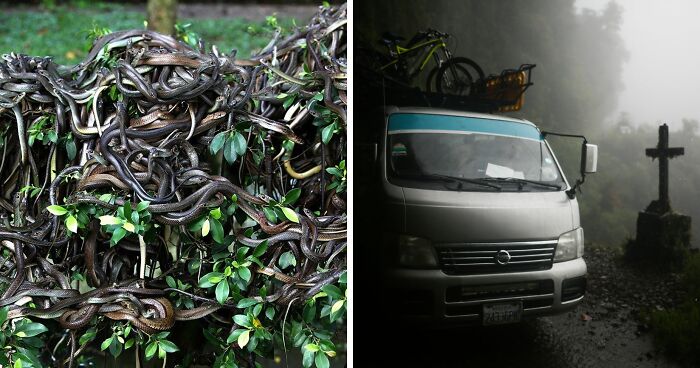






























205
70